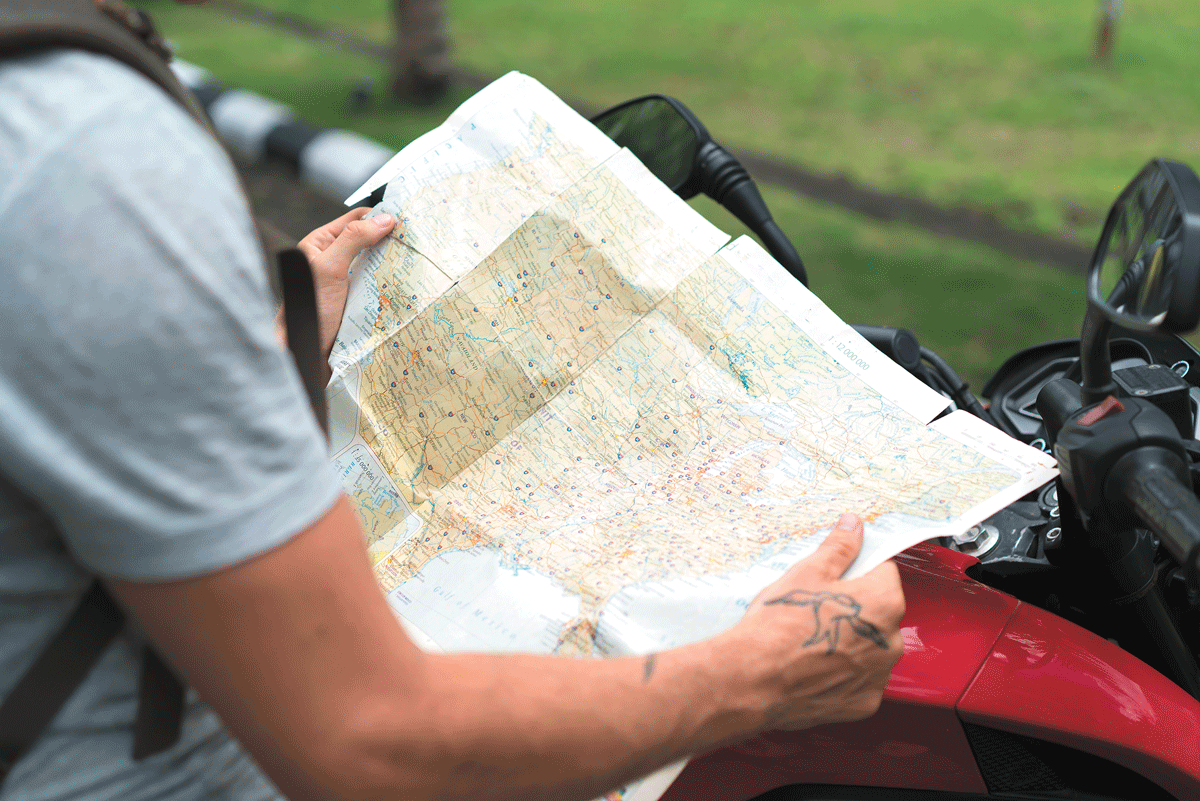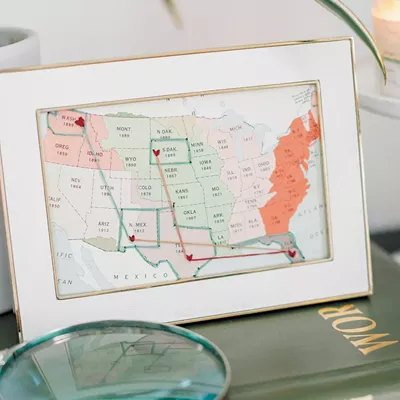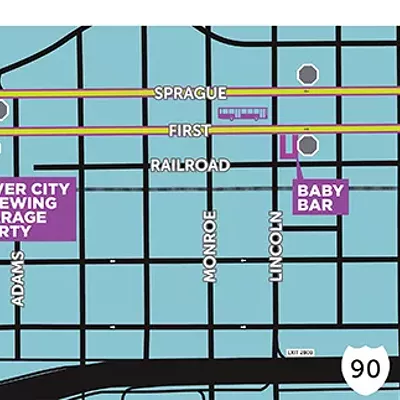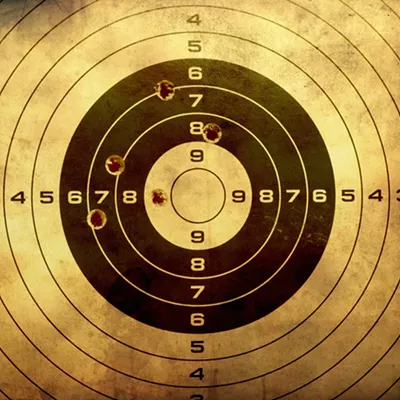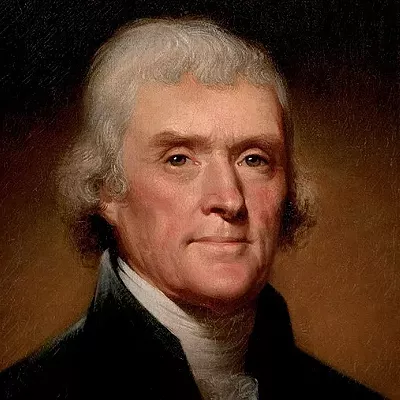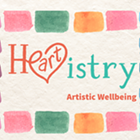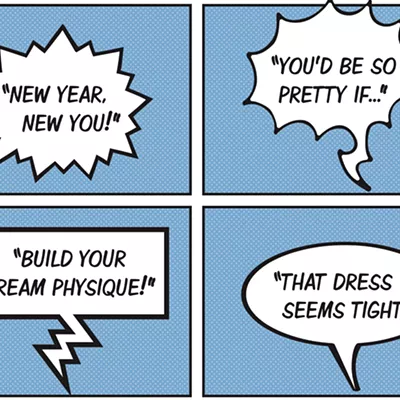On the first day of class, I asked the students why we use maps.
I was teaching nature writing at Western Colorado University. I had taped a dozen maps to the walls. I was hoping to show how maps help us tell our stories.
As the students called out answers, I wrote them on the board. The obvious, such as direction, geography, boundaries, trails. Then, the more complex: context, politics, safety, memory. We then drew maps for poems and stories we had read. Each group presented their map and walked us through the translation. Before we parted, I gave them an assignment. They would map their childhood homeplace.
They left the classroom with large sheets of white paper and walked into the damp afternoon. Earlier, I had shown them my map of the Payette National Forest. It is worn; various colors of highlighter mark trails I have walked, and x's show the places I have camped. I pointed out where I live. The lake that attracts tourists. The forest and wilderness surrounding our mountain town. Before they could ask about the thick black lines that covered specific place names, I refolded the map and set it aside.
Taking up an entire wall in my home is a map of Idaho. When I moved to the state in 2011, I studied it daily. I am here, I would say, a declaration and assertion, my finger covering the town where I live. I'd hold it there as if doing so created belonging, as if by leaving my fingerprint, I would see myself there. I would say Idaho. Then, I live in Idaho. It has taken me years to understand what that means.
The black lines on my forest map tell a story. The story of a meadow and peak that lie an inch away from my home on the map. I can see this area perfectly in my mind; I could re-create it if asked. It wouldn't perfectly reflect the USGS version. It would show the blue line of the Northfork of the Payette. How it meanders across a meadow where a month earlier my partner, dogs, and I lay listening to a winnowing snipe as it made circles, singing its feathers in hopes of a mate. I could then draw the trail and contour lines to a peak where I had, late last spring, scooched to the edge of a snow cornice to look down into beautiful Josephine Lake. These places I know, as it is said, by heart. And to that extent love them as well. And though I might write Josephine Lake and North Fork of the Payette on my map, I would not spell out the names used by the government mapmakers. Squaw Peak. Squaw Meadows. I would instead use the name Pikeminnow, following the American Fisheries Society, which changed the similarly named fish in 1999. The thick black lines on my USFS map assert that though I live here, I still do not fully belong here.
The next day, before unveiling personal maps and stories, I asked the students another question, "What do maps tell us?" They stared into the maps and then started offering answers.
"Cultural values," one student said. Then, "What it means to live here."
How we see the world. Where we have been and where we are going. Story of the land. What we value. How we see the world.
Who we are.
After the students' maps were shared and the tears and laughter subsided, I asked another question.
I was thinking about the map that lay folded on the desk. Of the peak and meadow. I was thinking of Native women whose ancestors have lived here for thousands of years. Women who would look for themselves and find the original colonial ideals and words that still create fear and evoke stereotypes. Instead of ourselves, we see the reflection of cruel cartographers.
I unfolded my map, pointed to the black lines I had made, told their story, and asked the question again. "Can maps be mirrors, and if they can, do they reflect who we truly are?"
"Only if all people are given agency," one student answered. "Only if we are ready to tell a new story." ♦
CMarie Fuhrman is the author of Camped Beneath the Dam: Poems and co-editor of Native Voices. She has forthcoming or published poetry and nonfiction in multiple journals, as well as several anthologies. CMarie is the Translations Editor for Broadsided Press, Non-Fiction Editor for High Desert Journal, and Director of the Elk River Writers Workshop. She teaches at Western Colorado University and is the 2021-2023 Idaho Writer in Residence. CMarie resides in the mountains of West Central Idaho.

